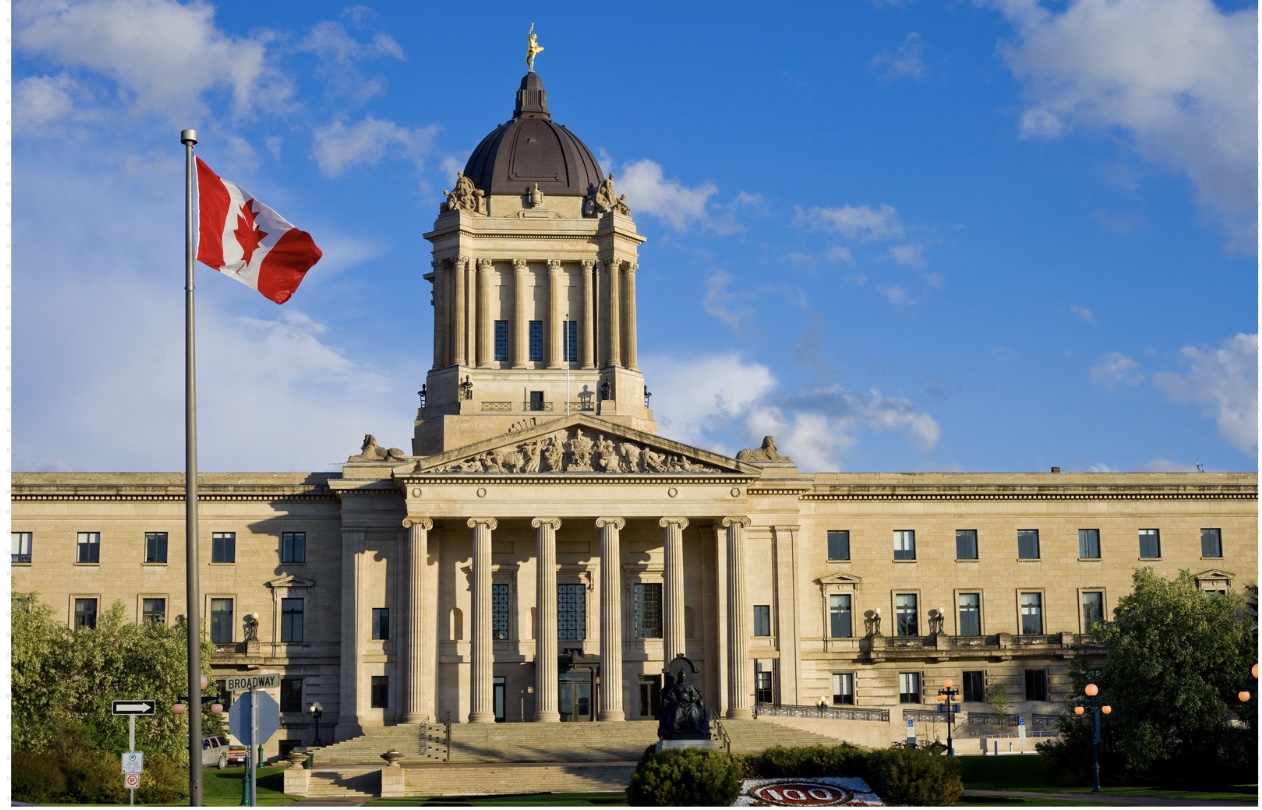Fall 2022 Economic Statement

Fall 2022 Economic Statement
Following the 2022 budget announcement in March, the government of Canada released the Fall Economic Statement to reaffirm the federal government’s intentions. It also serves to announce new goals and targets as we head into the last quarter of the government fiscal year. With the announcement, we gain insight into what’s to come for small business grants.
The government budget, as you can imagine, greatly impacts grant funding. There are several core topics in the announcement that will shape the grant landscape in the ensuing years. Let’s take a look at what the Fall 2022 Economic Statement means for Canadian SMEs!
Shifting dependencies
There’s no doubt that the Canadian economy is shifting. After two years of economic turmoil, compounded by the geopolitical tension in Ukraine, change is inevitable. These events have prompted governments worldwide to reduce their dependence on dictatorships in favour of democracies. This has implications for several industries and the businesses operating within them.
In addition to transitioning to support primarily democratic economies, the government is continuing the push toward innovation and clean technology to achieve a net-zero economy. Concurrently, we remain in the middle of post-pandemic recovery which, in and of itself, is a mass shift. The statement serves to address the many factors affecting Canada’s economy, and how it proposes to embrace change.
Jobs, growth, and inclusion
A core part of the Fall Economic Statement revolves around creating more jobs for Canadians to push the economy forward. There are several new tax credits and grant programs to support this initiative, so let’s take a look.
Investing in Skills for a Net-Zero Economy
To support small businesses and Canadian workers through a changing global economy, the government proposed to provide $250 million over 5 years starting in 2023-2024 to Employment and Social Development Canada. Specific measures include:
- The Sustainable Jobs Training Centre would bring together all types of workers to forecast future skills requirements to help Canadians gain relevant skills for jobs in a low-carbon economy. Sustainable batteries and low-carbon buildings and retrofits will be the focus given the high-demand nature of these sectors.
- A new sustainable jobs stream under the Union Training and Innovation Program for unions to lead the development of green skills training for trade workers.
- The Sustainable Jobs Secretariat will launch to offer a one-stop shop for employers. It will serve to consolidate information on federal programs, funding, and services to build a low-carbon economy.
Canada Growth Fund
The launching of the Canada Growth Fund is to help attract private capital to invest in building a thriving, sustainable Canadian economy with thousands of new, good-paying jobs. Its mandate is to help Canadian businesses seize the opportunity that exists in a net-zero economy. It will contribute to the following national economic policy goals:
- Reduce emissions and achieve Canada’s climate targets;
- Accelerate the deployment of key technologies, such as low-carbon hydrogen and carbon capture, utilization, and storage;
- Scale up companies that will create jobs, drive productivity and clean growth, and encourage the retention of intellectual property in Canada; and
- Capitalize on Canada’s abundance of natural resources and strengthen critical supply chains to secure Canada’s future economic and environmental well-being.
The Canada Growth Fund will launch by the end of the year. A permanent and independent structure for the program will be implemented in the first half of 2023.
Youth Employment and Skills Strategy (YESS)
The statement proposes to provide $802.1 million over three years starting in 2023-2024 to YESS. The YESS program will support young people facing multiple barriers to employment and underrepresented groups in the labour market. This includes:
- $301.4 million over two years to provide wraparound support and job placements to young people facing employment barriers;
- $400.5 million over two years to Canada Summer Jobs to support a total of approximately 70,000 annual summer job placements; and,
- $100.2 million over three years to continue supporting work placements for First Nations youth through the Income Assistance-First Nations Youth Employment Strategy Pilot.
Tax Credit for Clean Technologies
To help Canadian companies adopt clean technologies and reduce Canada’s emissions, the statement proposes a refundable tax credit equal to 30% of the capital cost for investments in:
- Electricity generation systems
- Stationary electricity storage systems
- Low-carbon heat equipment
- Industrial zero-emission vehicles
The proposed tax credit is expected to cost $6.7 million over 5 years, starting in 2023-24. Specific details on labour conditions and any additional eligible technologies will be announced in Budget 2023.
Affordability
With rising inflation and interest rates, the cost of living is a cause of concern for Canadians across the country. In response, the government announced several new programs and support measures to make life more affordable for workers and small business owners in Canada. Let’s take a look.
Canada Workers Benefit
The government proposed to provide $4 billion over 6 years to provide advance payments of the Canada Workers Benefit to people who qualified in the previous year, starting in July 2023. This would provide up to $714 for single workers and $1,231 for families to help cope with the rising cost of living.
Federal Student and Apprentice Loans
It was proposed that all Canada Student Loans and Canada Apprentice Loans will be permanently interest-free beginning April 1, 2023. This includes all loans that are already in repayment. This change has an estimated cost of $2.7 billion over the next 5 years, and an ongoing $556.3 million.
Credit Card Fees for Small Businesses
The Canadian government is currently drafting new legislation, the Payment Card Network Act, to lower credit card transaction fees for small businesses. The government intends to enter into negotiations with payment card networks, financial institutions, acquirers, payment processors, and businesses in the drafting process.
What does the Fall Economic Statement mean for small businesses?
As the COVID-19 funding dwindles and inflation and material costs steadily rise, changes in federal spending can be scary for small businesses. But do not fret! Overall, the budget revolves around supporting workers and small businesses with new grant and tax credit programs. Core themes are emerging such as low carbon, competitiveness, and inclusivity. If your business is open to change, you could be eligible for grant funding to help you do so. It can be difficult to keep track of what funding is available in the midst of these changes – that’s where we can help.
At Granted Consulting, the Fall Economic Statement is one of many elements that form the custom grant strategies we build for our clients. To get connected with one of our Grant Strategists, head over to our Grant Calculator. Not only will you be in touch with one of our Grant Angels, but you’ll find out how much grant funding your business could qualify for!




